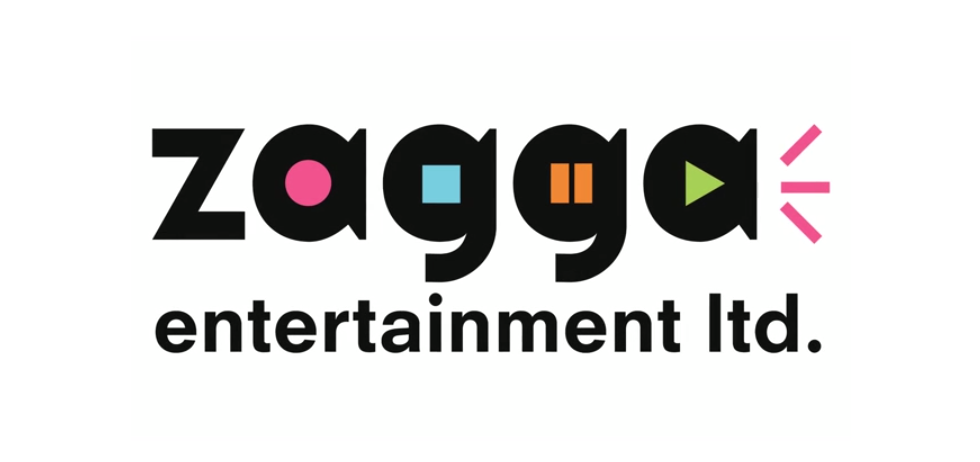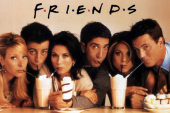
We take for granted all the wonderful things our eyes allow us to see and experience. Sometimes, it’s something as simple as being able to talk a friend about a favourite scene in a movie. But for someone like Kevin Shaw, who lost his vision when he was 19, even an experience like that was inaccessible. No longer content to be left out of the conversation, he decided to do something.
In four sentences of less, tell us who you are and what you do.
I’m the president and founder of Zagga Entertainment Ltd. We’re creating a platform that is being billed as the “Netflix for the blind”. That is, we’re creating a fixed cost, subscription-based on-demand video service that will provide users with movies and TV shows that come with described video.
For those that don’t know, described video narrates what is happening on screen between lines of dialogue so that people with a visual impairment can follow the plot more easily.
Where did the idea for this platform come from?
The idea came to me when I decided to watch a DVD one day. A lot of the DVDs on my shelf were still in their shrink wrap, so I asked myself, “Why haven’t I watched any of these movies?”
The reason was that I didn’t want to have to navigate the menu of a DVD to turn on descriptive video. The menus didn’t talk, and so there was no for me to know which menu option I had picked.
I then went online to look for described video and couldn’t find it on any of the popular platforms like iTunes and Netflix.
That’s when I decided to start work on Zagga.
I think most people can see the value of a service like this for people that have difficulty seeing, but can you describe what the need is for a service like this? It’s more than just being able to follow along with a scene, right?
My need for described video was that I was in conversations with people and they would ask, “Have you seen such and such TV show? or “Do you remember that scene from so and so movie?”
I felt left out in those conversation because I hadn’t been able to experience a movie in the same way they had.
Described video is a way to be included in that conversation.
For instance, I’m watching the new season of 24 and it’s being presented with video description on Global. I love it because the described video makes it easy to for me follow along when there’s a chase scene or Jack Bauer is defusing a bomb.
It was very difficult for me to follow what was going on before. That’s the need for described video.
How good of a job does described video do at relating the nuances of a scene? I ask because I imagine you always lose something in translation.
We’re in the initial stages of aggregating all the described video content that’s out there already. Obviously it varies in terms of quality and the way that it’s created; in fact, everyone seems to have a different standard by which they create this type of content.
I was talking to several other blind individuals. They told me that the best kind of description is the kind that you don’t even notice. When a narrator is describing a scene they’re shouldn’t be taking your attention away from the plot or performing the scene for you. The best narrators provide a service that allows you to enjoy the original work in the way it was intended to be seen.
Why have platforms like iTunes and Netflix not furnished their videos with described video?
I can speak a little bit to why Netflix hasn’t. There’s a gentlemen that has put up a blog called The Accessible Netflix Project. He wrote an article where he says that Netflix has indicated they won’t carry described video because they see it as the studios’ responsibility to do so. The studios, on the hand, say it’s the job of the screenwriters to do so. In response, Netflix has stated that until the studios and screenwriters come to an agreement, the company won’t add described video content to the service.
The other reason is that Netflix wants to be the next HBO. They’re busy creating series like House of Cards and Orange Is the New Black. When it comes to those series, this market is not on their radar. I think don’t anyone has done the work to show a company like Netflix that there is a market for this kind of service and that people are willing to pay for it. We’re happy to do it in the meantime.
What’s the most challenging part of your job? What’s the most rewarding?
Like most entrepreneurial ventures, there was a lot of work on the front end to get this business started. We’ve done a lot of work when it comes to talking to the various studios and rights holders to tell them that this market exists and that they’re not tapping in to. The challenge has been going to them and making our business case.
The most rewarding part has been the feedback we’ve gotten from people excited to check out the service. A lot of people have written to me and told me how excited they are for the service to launch.
As someone that is likely more keenly aware of the importance movies have to our culture, want to talk about their significance?
I talked about this in one of my broadcast interviews. Stories are something we all love and something we all share in common. Whether it’s someone talking about what they did this weekend or a film they watched, we’re all attracted to stories.
So I think it’s important to have as much access to those stories as possible. Obviously, visual storytelling is one form of storytelling that is deeply embedded in our culture. We need to provide access to The Matrix, Family Guy or Star Trek because they’re the kind of cultural stories that tend to unite people.
What’s next for you personally and professionally?
Right now, we have some folks that are interested in investing—though, of course, we’re always looking for more investors. We’ve done a good job of proving that the market exists, and that there’s a great market opportunity for anyone that wants to partner with us.
We’ve also been working closely with CNIB. They’ve been very supportive in terms of getting the word out to their clients, giving us office space and helping us with the marketing side of things.
Otherwise, we’re going forward with building out the technology. Our CTO has done a tremendous job of streamlining costs and building a great technological base. And, as I said before, we recently wrapped up our first two deals and we have other content deals in the pipeline.
Mostly, however, we’re really excited to launch in the late summer or early fall.
On a personal level, I’m looking forward to getting the service launched, reaching out to people, meeting customers and uniting people over visual story telling.
____
Igor Bonifacic is the managing editor of Toronto Standard. Follow him on Twitter.
For more, follow us on Twitter and subscribe to our newsletter.














